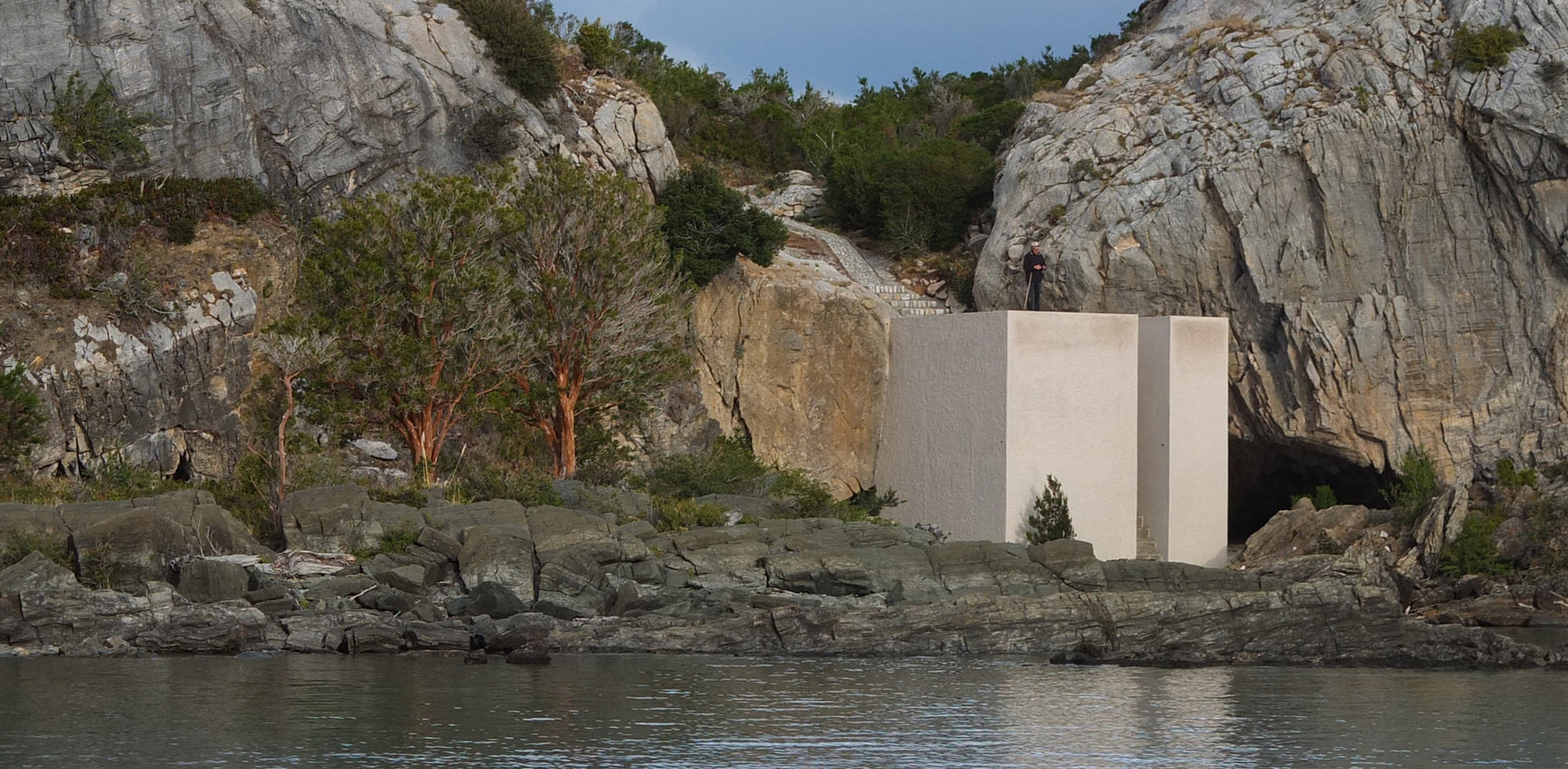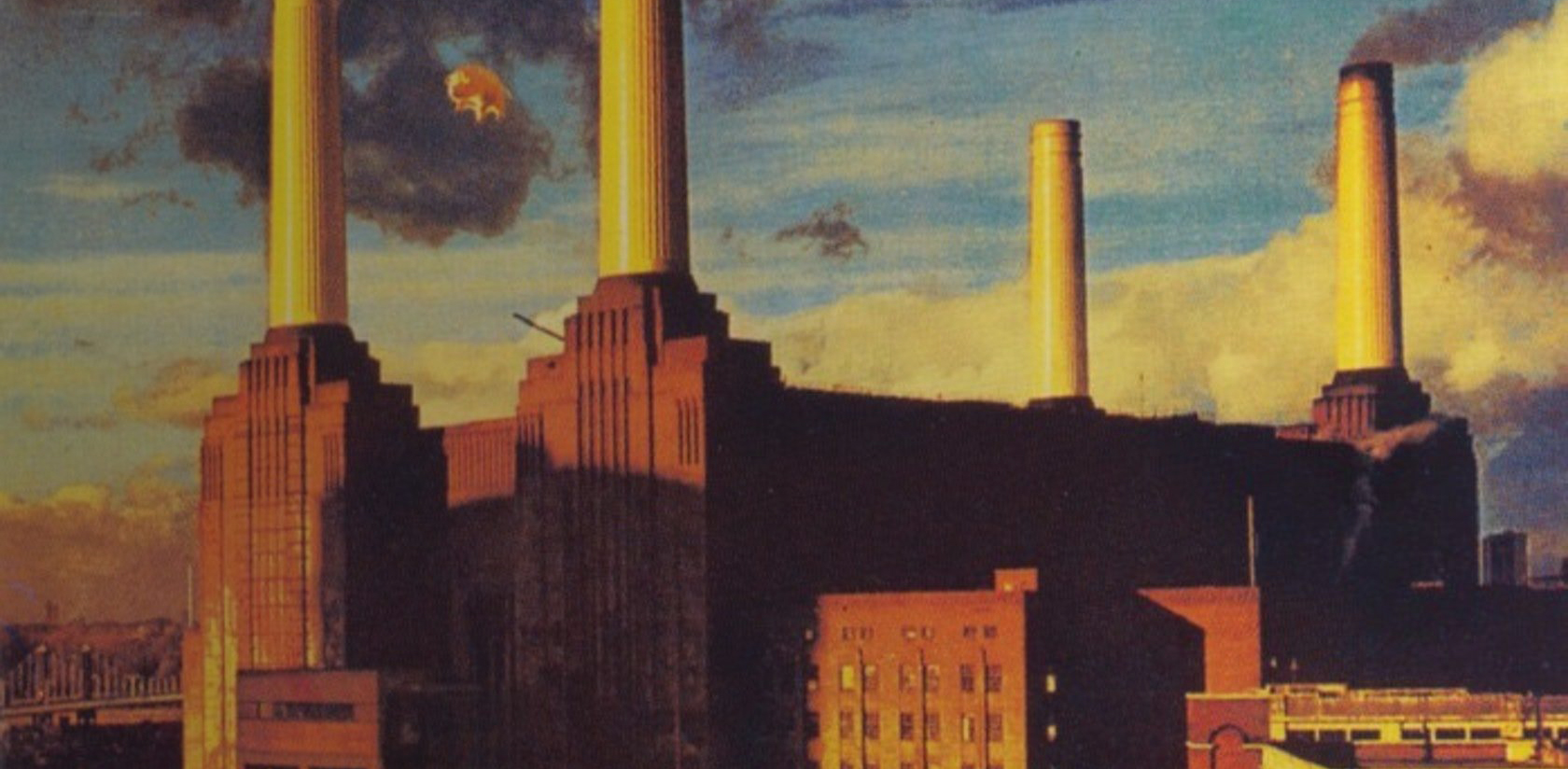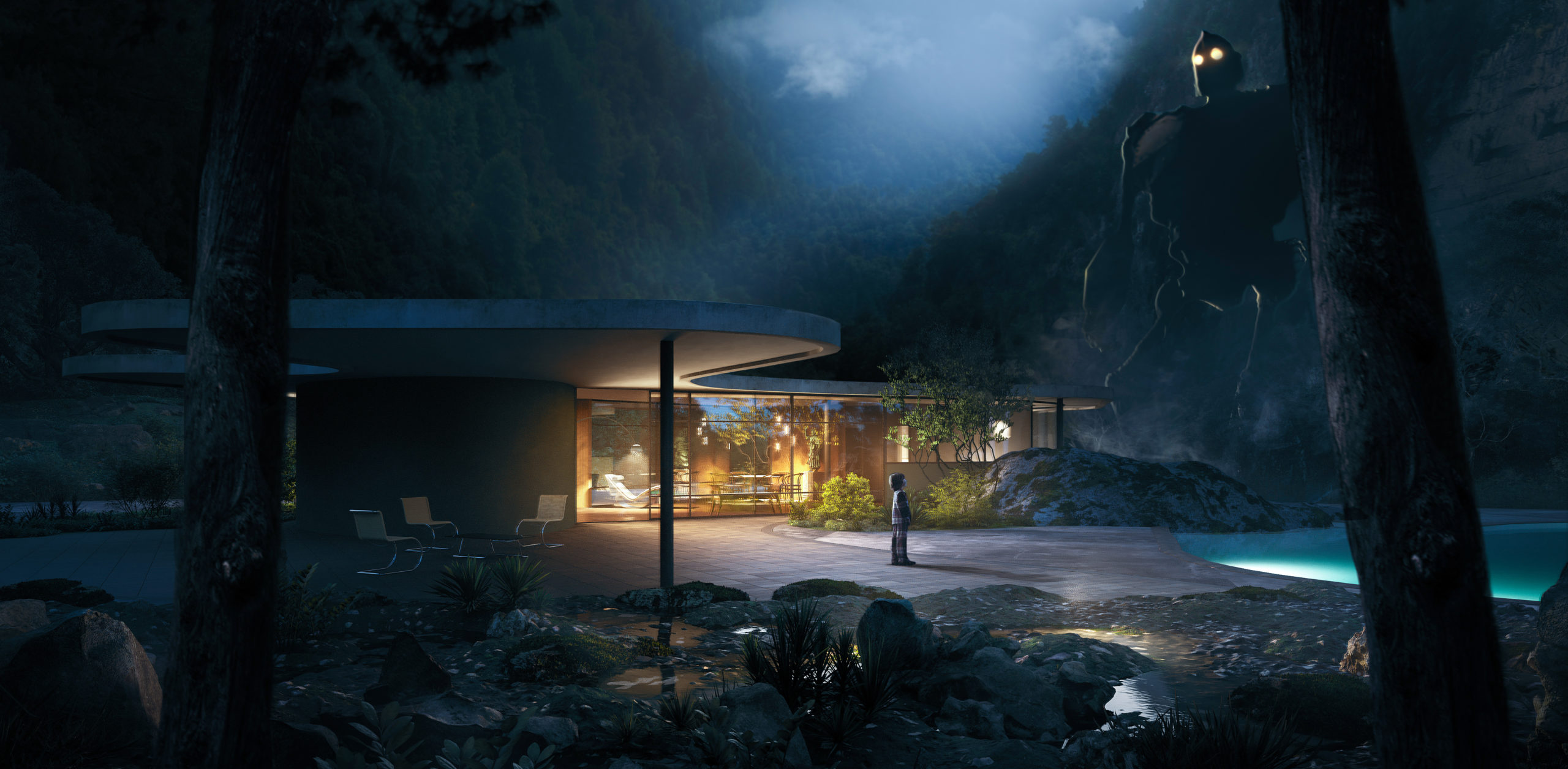Architects: Showcase your next project through Architizer and sign up for our inspirational newsletter.
What would you do if you were fortunate enough to purchase your own private island? If you count yourself among the world’s rich and famous, you’d probably build an extravagant, neo-(insert any architectural movement) vacation home secluded from the eyes of plebeian onlookers. But unlike the Celine Dions and Richard Bransons of the world, Swiss artist Not Vital‘s retreat on an island in Patagonia’s breathtaking Lago General Carrera is decidedly less ostentatious. So much so, that the house is practically invisible to onlookers.

Photograph by David Hrankovic; Produced by Gay Gassmann.
Not Vital has developed a reputation for first and foremost respecting the site when building structures. His small house in Switzerland disappears into the landscape, as the structure can physically sink underground, leaving nothing but a deceptive grass-covered roof.
The island purchased by Not Vital presented the artist with a unique geology to work with: the rocky landscape is made up entirely of marble. Since marble is a difficult foundation to build upon, Not Vital thought of his home — which he calls NotOna — in a more subterranean context.

Photograph by David Hrankovic; Produced by Gay Gassmann.
Conceived of as a habitable sculpture, the artist created the NotOna Tunnel, a 50-meter tunnel stretching from one end of the island to the other. No easy feat by any means, Not Vital slowly hollowed out NotOna from 2009 to 2014. While other more luxurious homes feature marble as a precious material to line the floors, NotOna was created from a void in the stone, leaving its raw, unpolished surface exposed to the interior.

Photograph by David Hrankovic; Produced by Gay Gassmann.
When staying at the underground house, Not Vital limits his resources and amenities to a singular mattress covered with a sleeping bag — we’re not quite sure what the artist does about food, but perhaps the island’s wildlife offers a few solutions.

Photograph by David Hrankovic; Produced by Gay Gassmann.
The inspiration for this subterranean home came for a desire to coexist more intimately with the earth. “No sound, no noise, no smell, no phone. The womb of the earth. Since childhood I wanted to enter the world, the stone, to be inside, to be protected and see the world from within. The surface was not enough for me it seems.” The artist’s carnal urges bring new meaning to mother earth.

Photograph by David Hrankovic; Produced by Gay Gassmann.
Since Not Vital often utilizes local materials with his designs, he did not let the hollowed out marble go to waste. At the entrance to the tunnel sits a large, minimalist concrete box filled with the repurposed marble, which he calls “Big Stairs”— the only indication that a famous Swiss artist is secretly hiding out among the island’s unspoiled scenery.
Architects: Showcase your next project through Architizer and sign up for our inspirational newsletter.
Hat Tip to T Magazine









